- myFICO® Forums
- FICO Scoring and Other Credit Topics
- General Credit Topics
- Re: Question on “balance” in utilization
- Subscribe to RSS Feed
- Mark Topic as New
- Mark Topic as Read
- Float this Topic for Current User
- Bookmark
- Subscribe
- Mute
- Printer Friendly Page
Question on “balance” in utilization
Is your credit card giving you the perks you want?
Browse credit cards from a variety of issuers to see if there's a better card for you.
- Mark as New
- Bookmark
- Subscribe
- Mute
- Subscribe to RSS Feed
- Permalink
- Report Inappropriate Content
Question on “balance” in utilization
For example:
-A credit card has a 10,000 limit.
-The user has no balance from the previous month (i.e., they paid their previous bill in full)
-The statement will close on August 10th
-As of July 25th, the user’s balance is 4,000
-On August 9th, the user makes a payment of 1,500, bringing the balance down to 2,500, and doesn’t make any additional charges before the statement closes
-The statement closes on August 10th showing an outstanding balance of 2,500
Do credit bureaus consider the balance to have been the highest balance during the statement period (4,000)? Or the balance as reported on the official statement (2,500)?
The reason I ask is I’m wanting to verify a strategy of making mid-month payments to bring the balance below the 30% utilization threshold is sound. There are some great credit card rewards points perks I don’t want to miss out on, but want to be sure I’m not underestimating how thoroughly the bureaus review my monthly usage activity.
Thanks!
- Mark as New
- Bookmark
- Subscribe
- Mute
- Subscribe to RSS Feed
- Permalink
- Report Inappropriate Content
Re: Question on “balance” in utilization
- Mark as New
- Bookmark
- Subscribe
- Mute
- Subscribe to RSS Feed
- Permalink
- Report Inappropriate Content
Re: Question on “balance” in utilization
- Mark as New
- Bookmark
- Subscribe
- Mute
- Subscribe to RSS Feed
- Permalink
- Report Inappropriate Content
Re: Question on “balance” in utilization
It is whatever balance the lender reports to the CRAs. Most of them report the statement balance. I have heard of a couple that report the balance on a specific day of the month. I want to say NFCU and USBank, but am not positive.
Cap1 QS-$4,500 Chase Freedom Flex- $800 Chase Freedom Unlimited- $1,000 Victoria's Secret- $1,200 Citi DC- $800 Amazon Store Card- $3,500 AMEX Hilton Honors-$1,000 Discover It-$1,000 Wal-Mart MC $290 Chase Sapphire Preferred-$5,000 NFCU Flagship $13,800 AMEX BCE-$1,000 AMEX Gold-$5,000 AMEX Delta Blue $1,000 Lowe's $5,000 Navy Platinum $17,000 AMEX BBP $2,000
- Mark as New
- Bookmark
- Subscribe
- Mute
- Subscribe to RSS Feed
- Permalink
- Report Inappropriate Content
Re: Question on “balance” in utilization
There's also a "highest balance" on your reports, i.e. the highest balance in the card's history. That's handled differently from bank to bank. It could be either the highest reported balance (AMEX) or the highest balance at any time (Capital One, Chase). Highest balance isn't a scoring factor, though.
- Mark as New
- Bookmark
- Subscribe
- Mute
- Subscribe to RSS Feed
- Permalink
- Report Inappropriate Content
Re: Question on “balance” in utilization
@Anonymous wrote:
In regards to utilization being the ratio of your balance to spending limit, is the balance defined as the official balance as shown on your statement? Or is it the highest overall balance, at any point in the statement month?
For example:
-A credit card has a 10,000 limit.
-The user has no balance from the previous month (i.e., they paid their previous bill in full)
-The statement will close on August 10th
-As of July 25th, the user’s balance is 4,000
-On August 9th, the user makes a payment of 1,500, bringing the balance down to 2,500, and doesn’t make any additional charges before the statement closes
-The statement closes on August 10th showing an outstanding balance of 2,500
Do credit bureaus consider the balance to have been the highest balance during the statement period (4,000)? Or the balance as reported on the official statement (2,500)?
The reason I ask is I’m wanting to verify a strategy of making mid-month payments to bring the balance below the 30% utilization threshold is sound. There are some great credit card rewards points perks I don’t want to miss out on, but want to be sure I’m not underestimating how thoroughly the bureaus review my monthly usage activity.
Thanks!
1. The balance is the reported balance; in the vast majority of cases that's the balance in the credit card statement.
2. I personally know of only 2 exceptions, (a) Chase which will report a zero balance if you pay the account down to zero mid-cycle, and (b) Vantage West FCU which reports the 5th day of the month. There are no doubt several others.
In the example you gave, the reported balance, which is the one used for scoring, is 2500.
Your stragegy of making mid-month payments is fine. I would target 28% rather than 30%.

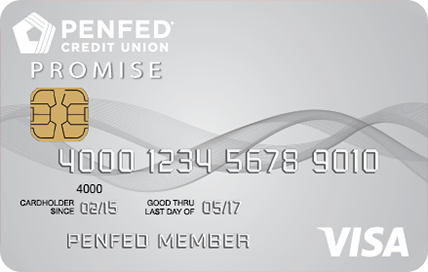

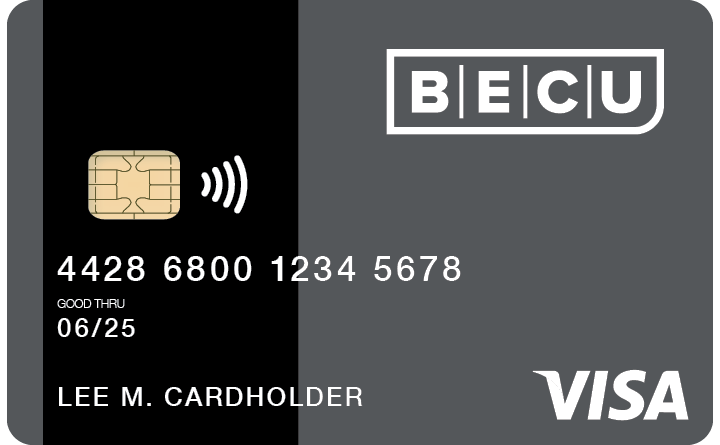
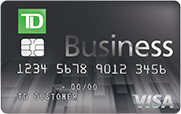


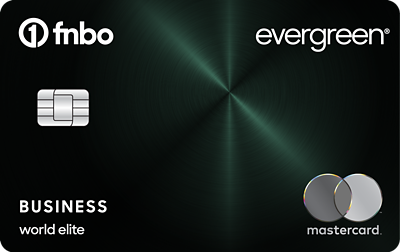
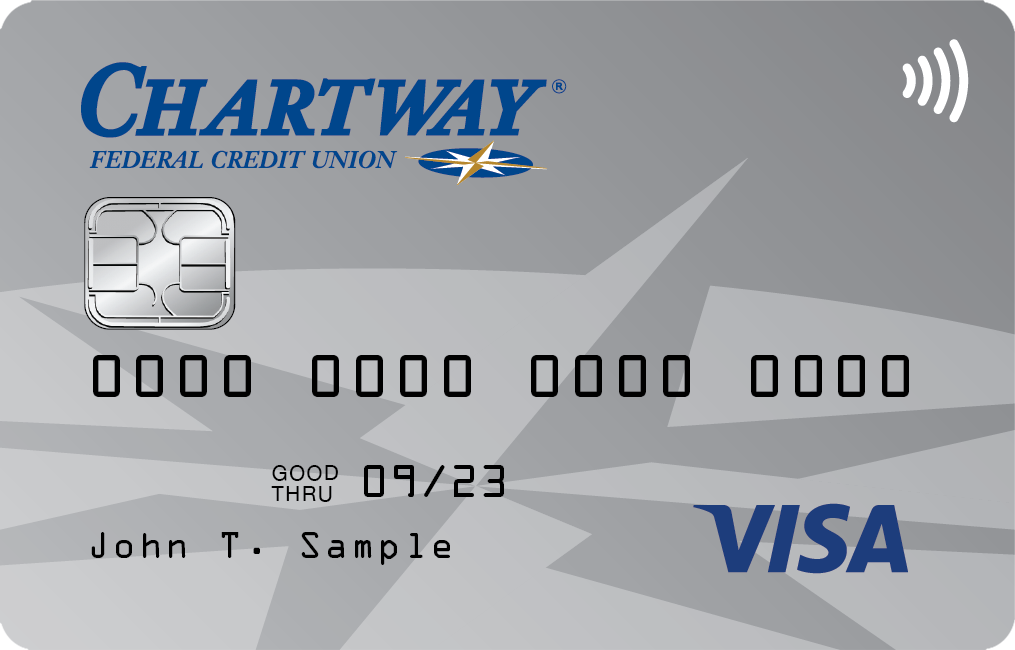


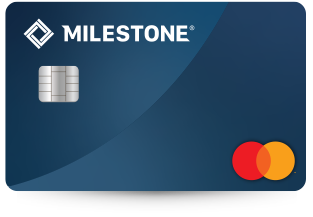
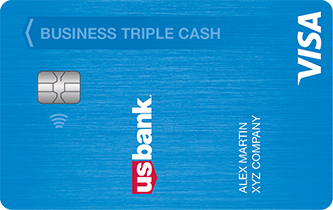

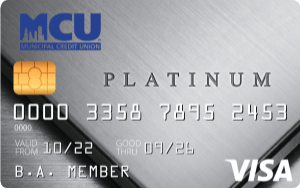
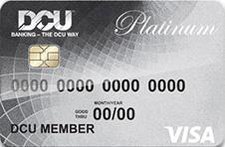
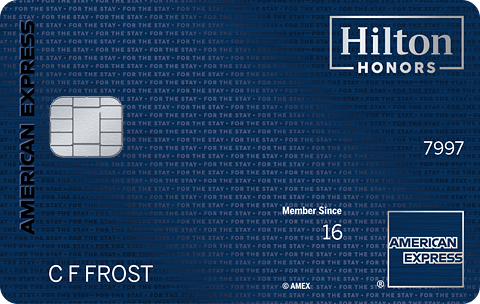
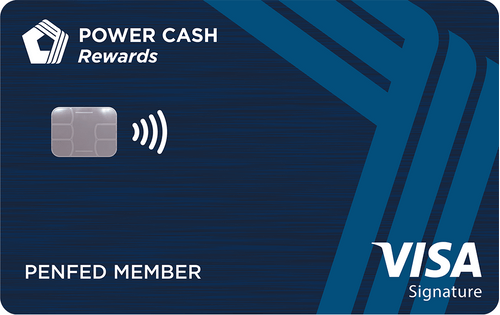


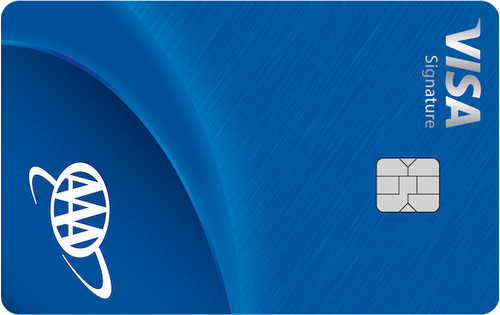
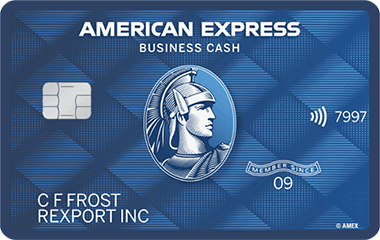
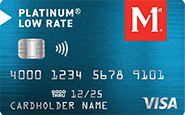
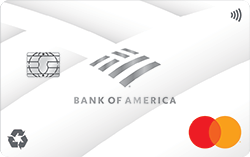


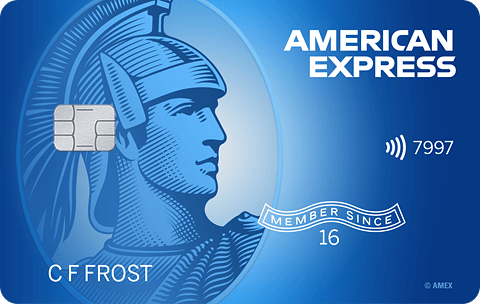
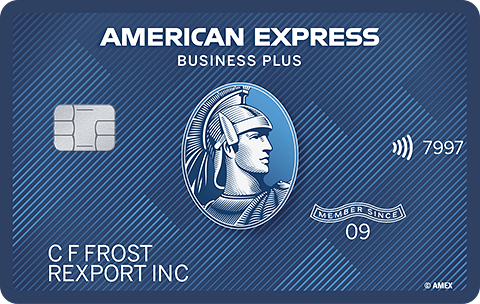



Total revolving limits 569520 (505320 reporting) FICO 8: EQ 689 TU 691 EX 682
- Mark as New
- Bookmark
- Subscribe
- Mute
- Subscribe to RSS Feed
- Permalink
- Report Inappropriate Content
Re: Question on “balance” in utilization
Bottom of second paragraph:
“Make it a rule to keep your balance below 30% on all of your cards at all times” (at “all times” is italicized in the article for emphasis)
Article: https://www.nerdwallet.com/blog/finance/credit-utilization-improving-winning/
Thanks again for the feedback,
- Mark as New
- Bookmark
- Subscribe
- Mute
- Subscribe to RSS Feed
- Permalink
- Report Inappropriate Content
Re: Question on “balance” in utilization
The author is mistaken. Your balance could be at 95% of your credit limit with no scoring impact, as long as you pay it down before the CC reports to the bureaus (typically once a month with the amount being the statement balance).
The author also focuses on 30% as the sole number of importance. She may be misleading her readers in two ways:
(1) That keeping below 30% prevents scoring penalties.
This is not so. To prevent all scoring penalties you need a total utilization under 8.99%. The next level of penalty is 28.99%
(2) That 29.1% is safer than 31.1%.
This is untrue. FICO rounds percentages up. Therefore 29.1% is considered 30%, and you have therefore crossed the 28.99% breakpoint. 31% and 29.1 % are penalized the same.
- Mark as New
- Bookmark
- Subscribe
- Mute
- Subscribe to RSS Feed
- Permalink
- Report Inappropriate Content
Re: Question on “balance” in utilization
@Anonymous wrote:The author is mistaken. Your balance could be at 95% of your credit limit with no scoring impact, as long as you pay it down before the CC reports to the bureaus (typically once a month with the amount being the statement balance).
The author also focuses on 30% as the sole number of importance. She may be misleading her readers in two ways:
(1) That keeping below 30% prevents scoring penalties.
This is not so. To prevent all scoring penalties you need a total utilization under 8.99%. The next level of penalty is 28.99%
(2) That 29.1% is safer than 31.1%.
This is untrue. FICO rounds percentages up. Therefore 29.1% is considered 30%, and you have therefore crossed the 28.99% breakpoint. 31% and 29.1 % are penalized the same.
+1 Agree on all points.
It's unbelievable how much misinformation is out there.































Total revolving limits 569520 (505320 reporting) FICO 8: EQ 689 TU 691 EX 682
- Mark as New
- Bookmark
- Subscribe
- Mute
- Subscribe to RSS Feed
- Permalink
- Report Inappropriate Content
Re: Question on “balance” in utilization
I’m confused now on the utilization credit scoring. Rounding issues aside, I assumed being above the 30% threshold would result in credit score reduction, with the possibility of tiered penalties. Just making up numbers as an example, but say 30-40% = -1 point. 40-50% = -2 points, etc. Then similar credit increases as your utilization decreases below 30%. Or, it’s a blanket, anything above 30% results in a single set reduction amount, and anything below a set increase amount. i.e., not a sliding scale.
It’s sounds like you’re saying there are three “tiers”. One for being above 30%, which results in a penalty. Then another for being between 10 and 30, which results in a penalty as well?? Presumably a much lesser one than the 30+ penalty, but a penalty nonetheless?
And finally, being below 10 is the only actual range where your credit score gets an increase?
If this is true, it’s definitely a bit frustrating how much misinformation truly is out there, as you said. I’ve always thought being below 30 would ensure no credit dings.